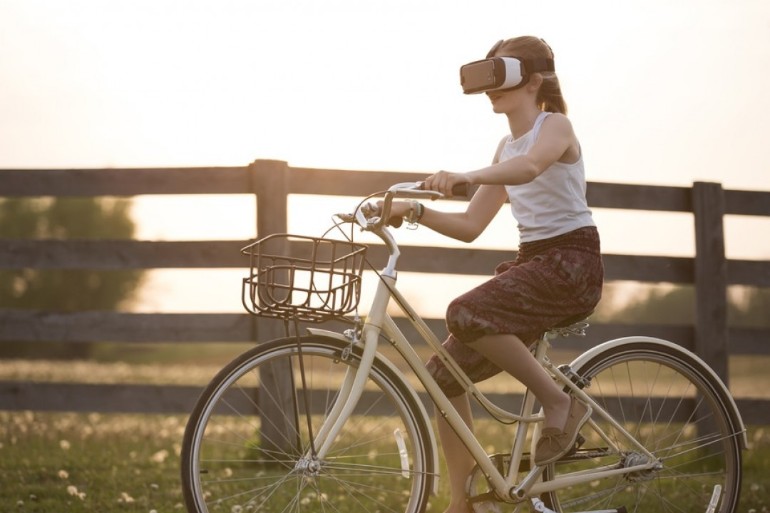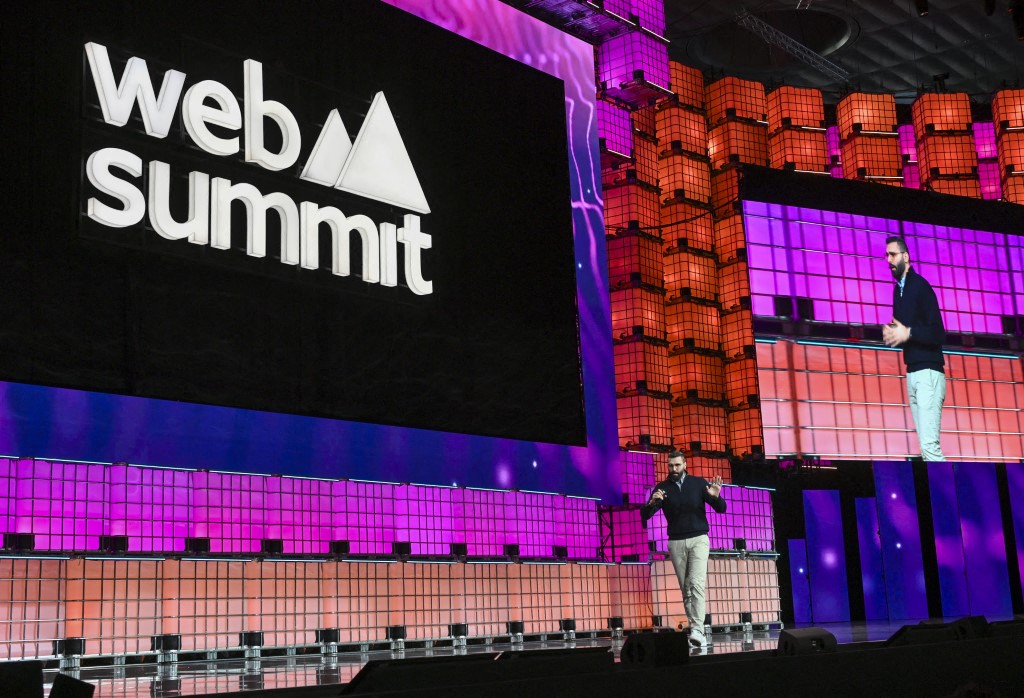The consumer VR software and hardware market size globally was $2.2 billion in 2017
It is expected to grow to $4.5 billion in 2018
But, 200 million people worldwide will be using mobile AR in 2018 vs 60 million in 2013
Virtual reality or augmented reality?
[Tweet “VR offers an escape from the real world and AR offers an escape (of sorts) within the real world.”]
So, from a marketing perspective, what’s better?
The case for VR
It is a great idea for entertainment, hospitality, gaming and automotive brands as evidenced by previous campaigns for Jumeirah, Infiniti, and Friesland Campina among others.
Even CNN launched its VR department called CNNVR, an immersive journalism unit and virtual reality platform within CNN Digital.
Almost two years back, Paul Lee, global director for Deloitte Research TMT (Technology, Media & Telecommunications), said that – among other trends – VR would gain popularity, but largely on the back of gaming.
However, he added: “We’re looking at almost two to three million devices, which is not very many,” and more importantly, the tech means nothing if consumers aren’t using it. (Read full article.)
Exactly.
Moreover, VR requires heavy investment because not everyone has the device to enjoy a VR experience, which means that brands creating these experiences will also have to provide the right device for it.
The case for AR
AR, on the other hand, can be experienced through a device that more than 80 percent of the population in the region already own: a smartphone.
- Statista forecasts that 200 million people worldwide will be using mobile AR in 2018, versus 60 million in 2013.
- On the basis of 2017 data from Snapchat, Pokémon Go, and other AR applications, more than 80 million people in the US, or roughly one-third of all smartphone users, engage with AR at least monthly, according to a BCG report
- The consumers using AR applications are a particularly attractive segment for advertisers: most are millennials (aged 19 to 34) or Generation Z consumers (aged 18 or younger), according to the same report
AR is less expensive, has wider tech support, and is easy for consumers to use as they don’t need a separate device. Moreover, it works effectively with location-based technology, which is becoming increasingly important for advertisers.
In fact, some brands started experimenting with AR back in 2014.
DOWNLOAD: Exclusive Ramadan Insights: What’s missing in your Ramadan FMCG strategy?
“Augmented Reality is integrating even better with mapping technology, coupled with increased smartphone penetration (which allows you to be tracked), a trend embodied by Pokemon Go and Snapchat’s new Snap Map,” said Jamal Al Mawed, director of communications, Dubai Properties Group. (Read full article.)
And look at already successful examples of AR: Pokémon Go and Snapchat.
In 2016, the former was a rage. An animal shelter in the US let players walk their dog for $5 so others wouldn’t know they’re actually out catching Pokémons and closer home, in the Middle East, accounts were being sold for more than AED10,000 on Dubizzle. Social media chatter analysis by Meltwater showed that KSA had the highest chatter on the topic with more than 51 percent of the mentions, followed by UAE at 25 percent.
Zomato, at the time, was quick to catch on to the crazy introducing a section called “PokéNom Pit Stops”.

And then, there’s Snapchat:
Globally,
- On average daily users visit Snapchat 25 times a day and create 20 Snaps a day
- One in three daily users play with Lenses everyday, spending on average three minutes a day doing so.
- Over 3 billion Snaps with Geofilters are viewed on Snapchat every day
- On average Snapchatters spend 30 minutes a day on Snapchat, with Snapchatters under 25 spending 40 minutes.
MUST READ: Are you investing where users are spending?
In the GCC,
- There are 12 million daily active Snapchat with 9 million from KSA – up from 7 million in May 2017 – and over 1 million in the UAE
Snapchat also introduced its Lens Studio, a self-serve platform for AR, and Shoppable AR lenses, a way for advertisers to include a button that redirects users to a video, website or app store. This is why most AR budgets have been going to Snap, but not for long.

At its annual F8 conference, Facebook launched its own AR features:
REVEALED: TV or Digital – who’s the king in Ramadan?
Along with adding AR support for Instagram, Facebook is introducing support for third-party AR filters in Messenger, Instagram and Facebook Lite, and it’s working with a handful of brands, including Sephora, Kia, Nike and Asus, on a private beta test ahead of time, reports Digiday. It is also allowing developers to download 3D models or place their own custom animations into AR Studio without having to write code.

Apple’s ARKit launched among much excitement last year and will most likely see some new developments at Apple’s WWDC event tomorrow. Already, brands such as IKEA have made use of the kit for developers with apps such as IKEA Place that allow users to place pieces of furniture from IKEA into their current room.

Similarly, Google is making big moves in the AR world too. In fact, its announcement earlier this year could eliminate what is possibly the biggest challenge for AR advertisers: the need for the user to download an app. Google’s Web AR initiative enables AR on desktop so users can view AR content directly in the browser. This is in addition to its ARCore launch, which much like ARKit, is an AR tool for developers.
As Blis MENA’s managing director Puja Pannum says, “To stay ahead of the curve, brands can use technologies like these [AR] on mobile to curate campaigns that mesh with and enhance the user’s actual environment, delivering creative, interactive, and real-world experiences.”






